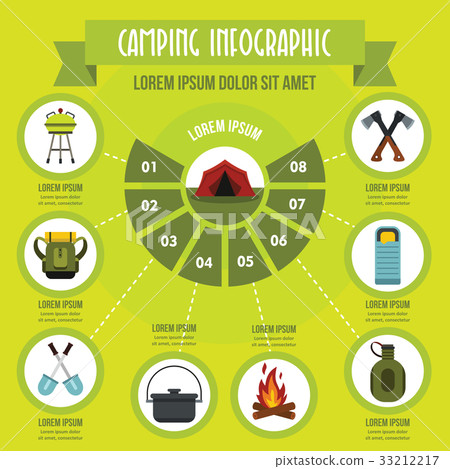Polyester material locates a diverse variety of applications throughout the garment industry. Whether you're a musician searching for a steady painting surface area or a supplier looking for strong decorative materials, polyester canvas uses the best equilibrium of stamina, adaptability and environment-friendly high qualities.
Nonetheless, some individuals choose cotton for its breathability and gentleness. Garment designers may intend to consider a 50/50 Cotton/Polyester mix for jobs that call for both sturdiness and convenience.
Expense
Cotton canvas is extra costly than polyester because of its resource-intensive growing procedure. It likewise calls for careful handling and storage space to preserve its top quality in time. These included costs can increase the overall expense of manufacturing for artists and makers.
One more downside to cotton canvas is its susceptibility to fading and damages from UV direct exposure. This can result in lowered color vibrancy gradually and a loss of structural stability, especially in areas that experience constant contact or heavy load-bearing.
In contrast, polyester is a synthetic fiber that's crafted for uniformity and sturdiness. This makes it an extra economical choice for producers and customers, particularly in areas where durability is a leading priority. The product's toughness also provides better resistance to wrinkles and breaking gradually. The artificial nature of polyester, however, can leave a larger ecological impact than cotton canvas if it's not sourced from organic or low-impact systems. This is an essential factor to consider for companies pursuing sustainability and eco-conscious branding.
Resilience
Out there for canvas rolls, customers encounter a wide array of options with contending concerns. Cotton supplies all-natural texture and breathability, ideal for brands concentrated on sustainability and craftsmen workmanship. Polyester, on the other hand, supplies a well balanced mix of stamina and stability and printing performance with color vibrancy and resilience.
Eventually, the textile you choose for your products must show the leading concepts of your brand tale and worths. While cotton can give a costs aesthetic, it's also prone to shrinkage and maintenance expenses, while polyester makes it possible for far better manufacturing performance and lasting price effectiveness.
Both fabrics are durable and carry out well in damp atmospheres, however their contrasting high qualities make them appropriate for various applications. Cotton canvas is extra breathable, lowering the threat of mold and mildew and mold in locations with high moisture. Polyester, on the other hand, is waterproof and dries swiftly in atmospheres where moisture can be problematic. This can reduce the risk of dampness accumulation in canvas travel bag the material, stopping warping or rot in your product over time.
Comfort
When evaluating fabric options for your brand-- whether you're starting a workwear line or a cozy loungewear brand-- the sort of cotton or polyester canvas you pick influences exactly how your products look, feel, and wear. While all canvas types sustain print-on-demand and supply high form security, they vary in color presentation and printing resilience, comfort, and sustainability.
Cotton and cotton-polyester blends use a soft texture, natural organic look, and superior warmth equilibrium compared to artificial choices. Cotton's fibers wick dampness away from the skin and permit heat to run away, making it suitable for garments that calls for extended wear in warm environments.
On the other hand, polyester's artificial nature and petroleum-based production process have an adverse power equilibrium, which can make it much less environment-friendly than cotton over time. Polyester's abrasion resistance and water-repellency are excellent, nonetheless, that makes it the optimal selection for heavy loads or harsh climate condition like rainstorms or marine settings.
Ecological Effect
Whether picking cotton or polyester, the suitable material for custom production depends upon item efficiency goals. Strength, resilience, and longevity are all important factors when making products that will endure repeated abrasion, heavy load-bearing, or high stress factors. Water resistance, seam stability, and UV security are also important to long-lasting success in exterior and damp settings.
While both fabrics can perform well in these areas, their ecological impact is a little different. Cotton's all-natural, breathable building and construction calls for substantially a lot more sources for farming than polyester's artificial fibers.
When selecting an ecologically lasting material, take into consideration a vast array of influence evaluation methods to determine the full ecological impact of your product. Some focus on details effects (like global warming possibility, water usage, and shortage) while others depend on even more alternative evaluations like Dish, ILCD, CML, and Eco-indicator 99.
